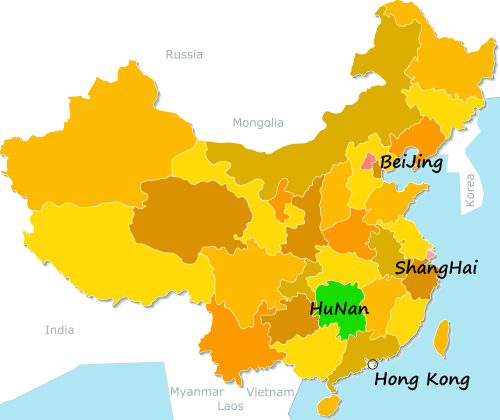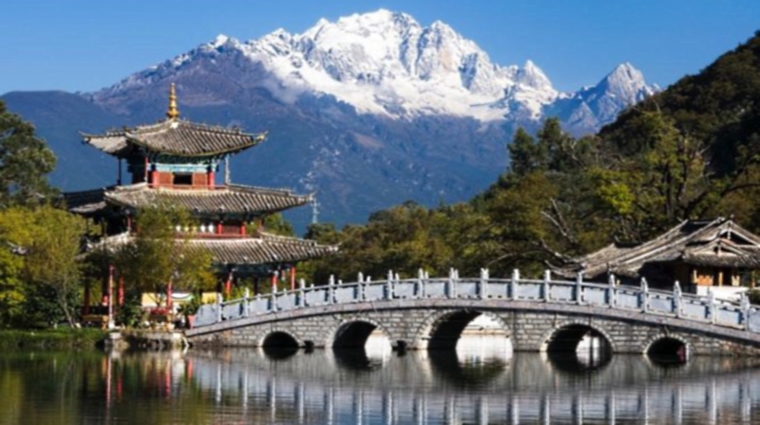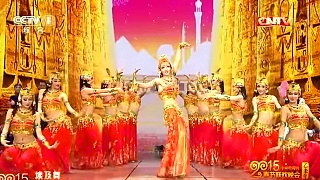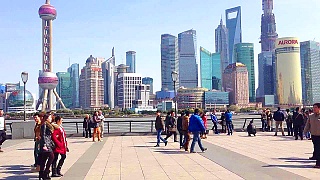
|
Hong Kong: 20 Kid-Friendly Places to Visit
Ocean Park Hong Kong (海洋公園 Hǎiyáng Gōngyuán): Amusement park with marine life exhibits, animal shows, and rides.
Hong Kong Disneyland (香港迪士尼乐园 Xiānggǎng Díshìní Lèyuán): Magical theme park with Disney characters, rides, and attractions.
The Peak Tram (山顶缆车 Shāndǐng Lǎnchē): Ride the iconic tram to Victoria Peak for panoramic views of the city.
Hong Kong Zoological and Botanical Gardens (香港动植物公园 Xiānggǎng Dòngzhíwù Gōngyuán): Explore diverse plant and animal species in these gardens.
Nan Lian Garden (南莲园池 Nán Lián Yuánchí): Tranquil Chinese garden with scenic ponds, pavilions, and bonsai trees.
Hong Kong Space Museum (香港太空馆 Xiānggǎng Tàikōng Guǎn): Discover space science and astronomy through interactive exhibits.
Hong Kong Science Museum (香港科学馆 Xiānggǎng Kēxué Guǎn): Interactive science exhibits and an Omnimax theater.
Hong Kong Museum of History (香港历史博物馆 Xiānggǎng Lìshǐ Bówùguǎn): Exhibits on Hong Kong's history, culture, and heritage.
Noah's Ark Hong Kong (香港挪亚方舟公园 Xiānggǎng Nuóyà Fāngzhōu Gōngyuán): Themed attraction with a replica of Noah's Ark and educational exhibits.
Lamma Island (南丫岛 Nányā Dǎo): Explore beaches, hiking trails, and seafood restaurants on this tranquil island.
Wetland Park (香港湿地公园 Xiānggǎng Shīdì Gōngyuán): Nature reserve with boardwalks, birdwatching, and educational exhibits.
Trick Eye Museum (幻境艺术馆 Huàn Jìng Yìshù Guǎn): Interactive art museum with optical illusions and 3D exhibits.
Hong Kong Maritime Museum (香港海事博物馆 Xiānggǎng Hǎishì Bówùguǎn): Exhibits on Hong Kong's maritime heritage and seafaring history.
Discovery Bay (愉景湾 Yújǐng Wān): Relaxing beach area with water sports, dining, and shopping.
Butterfly Beach (蝴蝶湾 Húdié Wān): Picturesque beach with clear water and gentle waves.
Hong Kong Toy Museum (香港玩具博物馆 Xiānggǎng Wánjù Bówùguǎn): Vintage and collectible toys from different eras.
Lantau Island (大屿山 Dàyǔ Shān): Giant Buddha statue, Ngong Ping 360 cable car, and hiking trails.
Kowloon Park (九龙公园 Jiǔlóng Gōngyuán): Green space with playgrounds, aviaries, and a swimming pool.
Ma Wan Park (馬灣公園 Mǎwān Gōngyuán): Theme park with attractions like the Ma Wan Tung Wan Beach.
Lion Rock Park (狮子山公园 Shīzǐ Shān Gōngyuán): Hiking trails with views of the city skyline and Lion Rock.
Hong Kong: 30 More Places to Visit
Victoria Harbour (维多利亚港 Wéiduōlìyà Gǎng): Iconic harbor with stunning views, ferries, and the Symphony of Lights.
Temple Street Night Market (庙街夜市 Miào Jiē Yèshì): Bustling market with street food, souvenirs, and fortune tellers.
Stanley Market (赤柱市集 Chìzhù Shìjí): Waterfront market with clothing, accessories, and handicrafts.
Peak Circle Walk (山顶环道 Shāndǐng Huán Dào): Scenic walking trail around Victoria Peak with panoramic views.
Lamma Island Family Walk (南丫岛家庭步行径 Nányā Dǎo Jiātíng Bùxíng Jìng): Easy coastal walk with sea views and seafood restaurants.
Nan Lian Garden (南莲园池 Nán Lián Yuánchí): Tranquil Chinese garden with scenic ponds, pavilions, and bonsai trees.
Lantau Trail (大屿山径 Dàyǔ Shān Jìng): Hiking trail covering Lantau Island's scenic landscapes and beaches.
Tai O Fishing Village (大澳渔村 Dà'ào Yúcūn): Traditional fishing village with stilt houses and seafood delicacies.
Nan Lian Garden (南莲园池 Nán Lián Yuánchí): Tranquil Chinese garden with scenic ponds, pavilions, and bonsai trees.
Chi Lin Nunnery (志蓮淨苑 Zhìlián Jìngyuàn): Buddhist monastery with elegant architecture and tranquil gardens.
Man Mo Temple (文武廟 Mùi Móu): Historic temple dedicated to the gods of literature and martial arts.
Ngong Ping Village (昂坪村 Ángpíng Cūn): Cultural village near the Tian Tan Buddha with shops and restaurants.
Sai Kung Town (西贡镇 Xīgòng Zhèn): Fishing town with seafood restaurants, hiking trails, and beaches.
Hong Kong Heritage Museum (香港文化博物馆 Xiānggǎng Wénhuà Bówùguǎn): Exhibits on Hong Kong's art, culture, and history.
PMQ (元创方 Yuán Chuàng Fāng): Creative hub with shops, studios, and exhibitions in a historic building.
Golden Bauhinia Square (金紫荆广场 Jīn Zǐjīng Guǎngchǎng): Landmark square with a giant bauhinia statue and harbor views.
Tsim Sha Tsui Promenade (尖沙咀海滨长廊 Jiānshāzuǐ Hǎibīn Chángláng): Waterfront promenade with views of Victoria Harbour and the skyline.
Repulse Bay (浅水湾 Qiǎnshuǐ Wān): Scenic beach with golden sands, clear water, and beachside dining.
Mai Po Nature Reserve (米埔自然保护区 Mǐbù Zìrán Bǎohùqū): Wetlands with birdwatching hides, mangroves, and wildlife.
Hong Kong Museum of Art (香港艺术馆 Xiānggǎng Yìshù Guǎn): Exhibits on Chinese and international art in a modern building.
Star Ferry (天星小轮 Tiānxīng Xiǎolún): Iconic ferry service between Hong Kong Island and Kowloon.
Lugard Road Lookout (盧吉道 Lu Jídào): Scenic trail with views of Victoria Harbour and the city skyline.
Hong Kong Heritage Discovery Centre (香港文物探知中心 Xiānggǎng Wénwù Tànzhī Zhōngxīn): Exhibits on Hong Kong's archaeology, heritage, and history.
Dr. Sun Yat-sen Museum (孙中山纪念馆 Sūn Zhōngshān Jìniànguǎn): Museum dedicated to the life and legacy of Dr. Sun Yat-sen.
Hong Kong Tramways (香港电车 Xiānggǎng Diànchē): Historic tram system running along Hong Kong Island's north coast.
Hong Kong Heritage Discovery Centre (香港文物探知中心 Xiānggǎng Wénwù Tànzhī Zhōngxīn): Exhibits on Hong Kong's archaeology, heritage, and history.
Lung Fu Shan Country Park (龙虎山郊野公园 Lónghǔ Shān Jiāoyě Gōngyuán): Hiking trails and scenic views near Victoria Peak.
Hong Kong Park (香港公园 Xiānggǎng Gōngyuán): Urban park with aviaries, a greenhouse, and tranquil gardens.
Dragon's Back Trail (龙脊径 Lóngjǐ Jìng): Scenic hiking trail with panoramic views of the coastline and islands.
|

 This is HuNan 湖南 province …
This is HuNan 湖南 province …
 This is HuNan 湖南 province …
This is HuNan 湖南 province …



